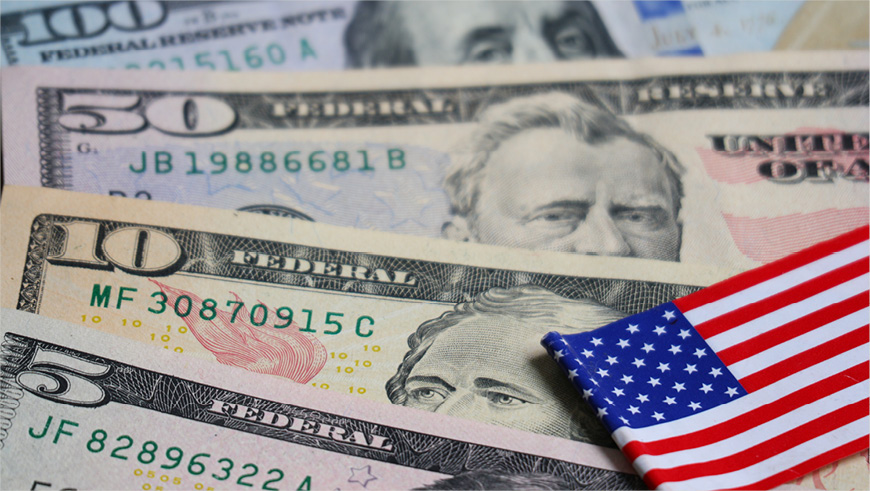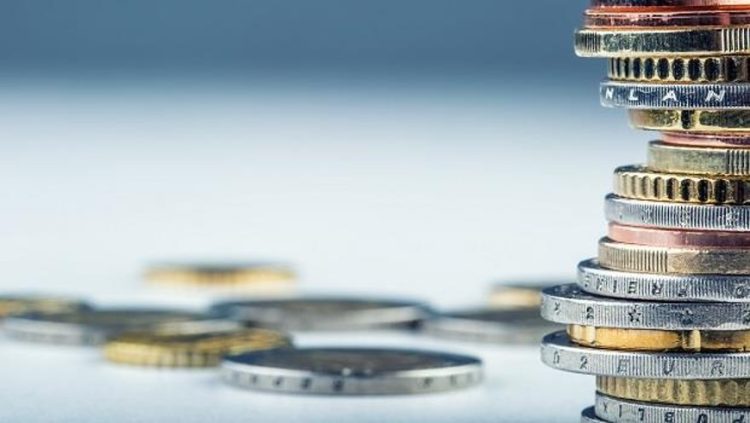Signals of cracks in the US economy are frequent. Will Powell release more easing signals? 】 After a number of poor manufacturing and real estate data, the June non-farm report further reinforced expectations of economic cooling, the market renewed hopes for a rate cut in September. Some worry about whether the Fed is waiting too long, threatening the three-year economic expansion. From the 9th local time, Federal Reserve Chairman Powell will continuously appear in the House and Senate of Congress to testify on the semi-annual monetary policy report, whether he will bring more information this time.
After a number of poor manufacturing and real estate data, the June non-farm report further reinforced expectations of economic cooling, the market renewed hopes for a rate cut in September. Some worry about whether the Fed is waiting too long, threatening the three-year economic expansion.
From the 9th local time, Federal Reserve Chairman Powell will continuously appear in the House and Senate of Congress to testify on the semi-annual monetary policy report, whether he will bring more information this time.
Second-quarter GDP is unlikely to break 2

After growing 1.4 per cent in the first quarter, the US economy opened the second quarter on a positive note. The Atlanta Fed’s forecasting tool shows that gross domestic product has fallen to 1.5% in the second quarter from an initial above 4%. Us growth is expected to be slightly higher by 1.8 per cent, according to S&P Global Forecasts. If these forecasts are correct, the US economy is heading for its worst downturn in nearly two years.
Weighed down by tight monetary policy, slowing consumer spending, a rising trade deficit and weak business investment are continuing to weigh on the expansion. With retail sales sluggish on a monthly basis, S&P estimates that consumer spending likely grew at a 1.6 per cent pace in the second quarter. Consumption is the main engine of the U.S. economy, accounting for 70 percent of all activity. In the last two quarters of 2023, the growth rate once reached more than 3%.
High interest rates and a slowdown in consumer spending have discouraged businesses from investing and producing more. Steve Miller, chairman of the ISM’s business Council, said both manufacturing and services are facing weak demand amid high inflation and interest rates.
Core orders, which exclude defense and transportation as a proxy for business investment, were sluggish in the second quarter, falling 0.6 percent in June from the previous month.
The latest data from the Commerce Department last week showed the trade deficit increased 0.8 percent to $75.1 billion in May, the highest level in nearly 19 months. This could have a considerable impact on GDP. S&p estimates that the expansion of the trade deficit could slow GDP by as much as a percentage point, and the actual situation could look worse.
Boris Schlossberg, macro strategist at BK asset management, said in an interview with China Business News that the impact on the economy from the Fed starting to hold interest rates steady in July last year is becoming more apparent. “The combination of consumer pressures on prices, low savings rates and credit card payments, continued weakness in manufacturing and real estate, which account for nearly a quarter of GDP, and an expansion into services, may give the Fed a better chance of turning.” ‘he said.
The job market paves the way for a rate cut

The Fed’s interest rate dot plot released in June showed that the expectation of a rate cut this year was reduced from three to one. Several Fed officials have since said they need to see more confidence in achieving their 2 percent inflation target. At the same time, any unexpected weakness in the labor market could also trigger a rate cut.
The latest non-farm report provided fresh evidence of a cooling Labour market, with sharp downward revisions to April and May data suggesting a rolling three-month gain of 177,000. Average hourly earnings rose 3.9 percent year over year, falling back below 4 percent again.
It’s worth noting that with the unemployment rate at 4.1 percent, it brings the economy closer to triggering the so-called Sahm Rule. This is an indicator of a recession – when the three-month average of the unemployment rate is half a percentage point above the 12-month low (3.5% last July), it usually means the economy is in a recession.
Schlossberg told First Finance that for the Federal Reserve, anti-inflation has returned to the right track, and the once-hot job market has also welcomed signs of turning, “but now the Federal Reserve will certainly not declare victory, on the one hand, inflation is still higher than expected, on the other hand, the overall economy has not shown a crisis signal, they still have conditions to continue to observe more data to evaluate policy decisions.”
Powell is scheduled to speak before Congress on Tuesday and Wednesday, and investors will be watching closely to see how he views the latest data and what it means for the Fed’s policy path. On Wednesday, investors will get the consumer price index for June, which showed last month that inflation had resumed its cooling trend.




































